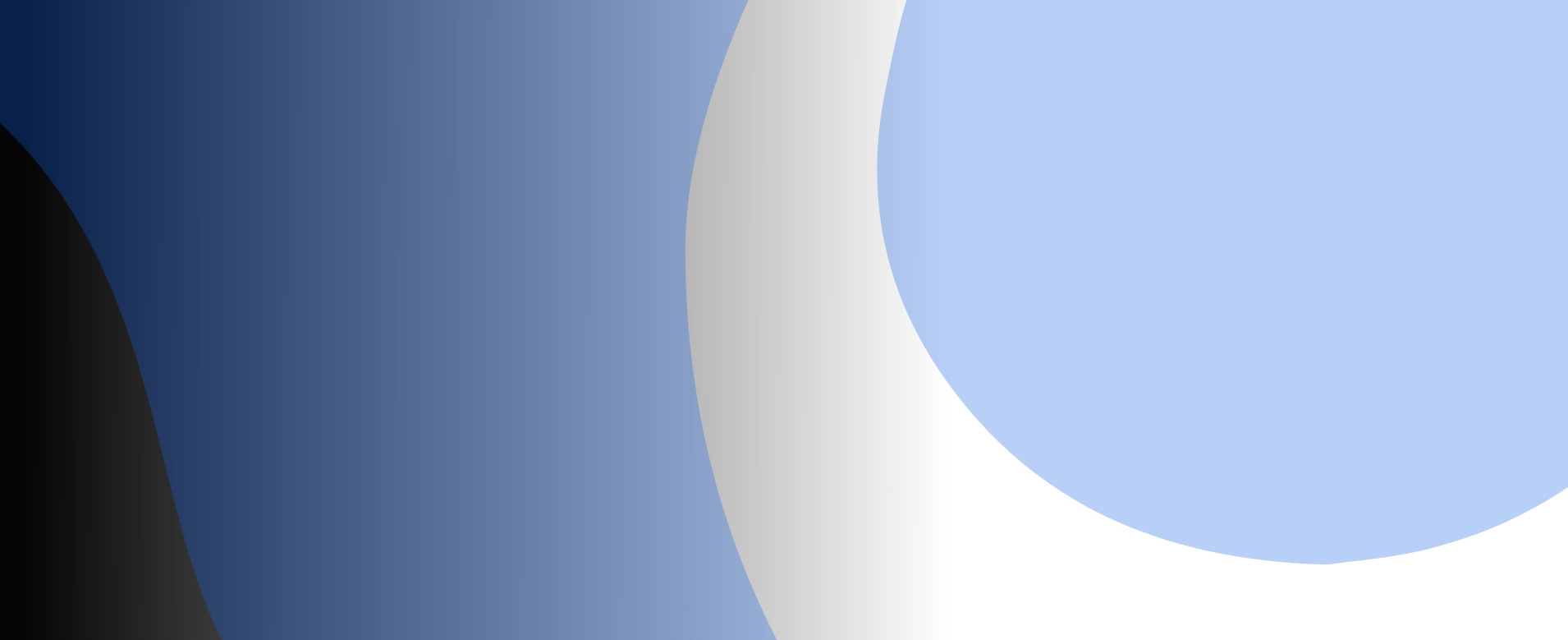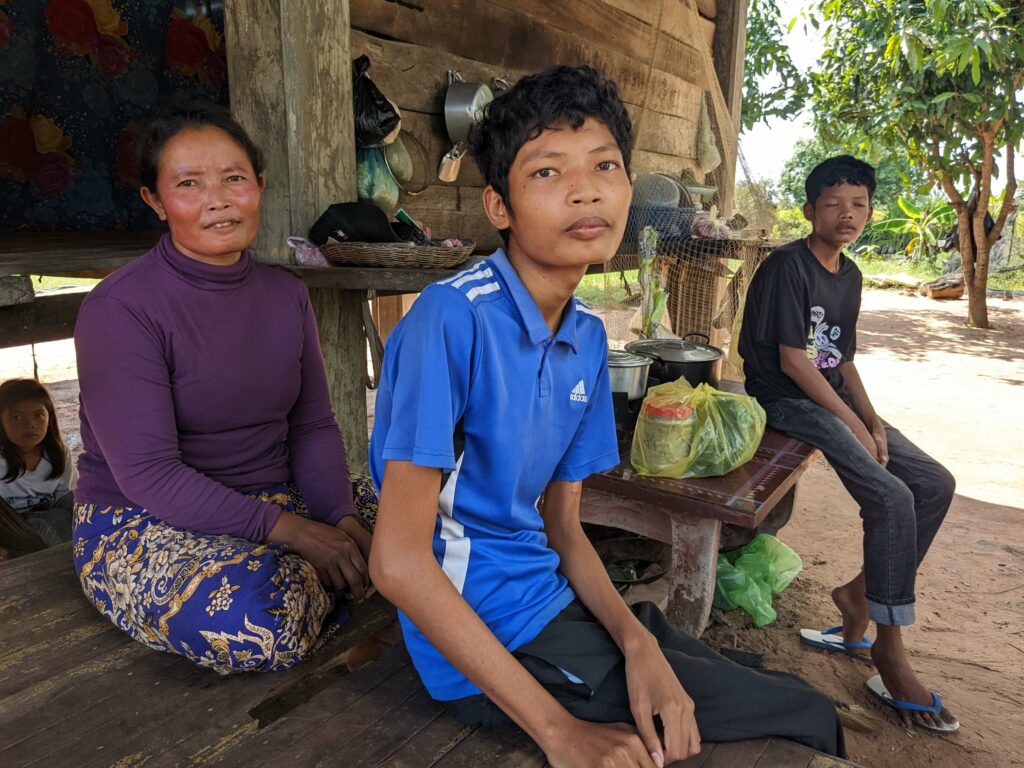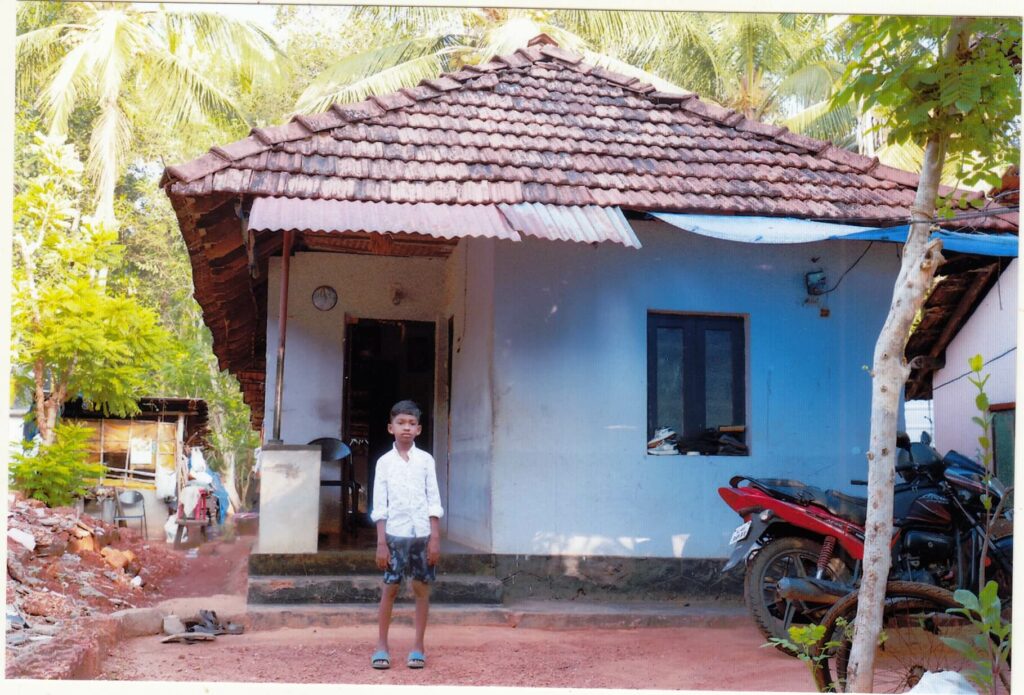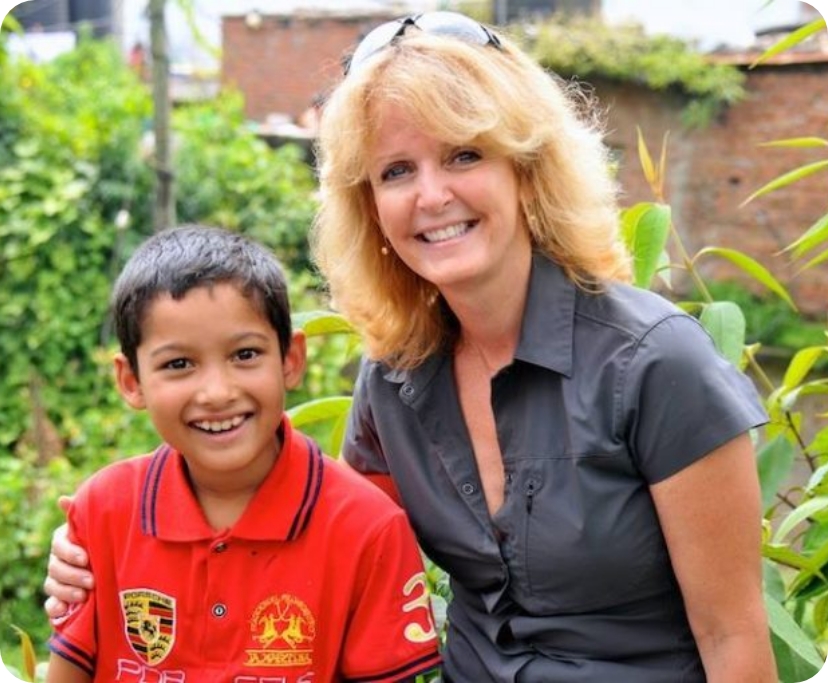
FOUNDING STORY
OUR FOUNDER
Raising a child is a challenging endeavor. Raising a child with a genetic condition presents even more obstacles. Our founder, Laureen A. Kelley, faced such obstacles as a mother to a child with hemophilia. Laurie wanted to ensure patients had access to the vital resources needed to live independently and reach their full potential.
In 1996 Laurie took the initiative by traveling to developing countries to coach leaders on starting national hemophilia foundations and acquiring essential medicine called factor.
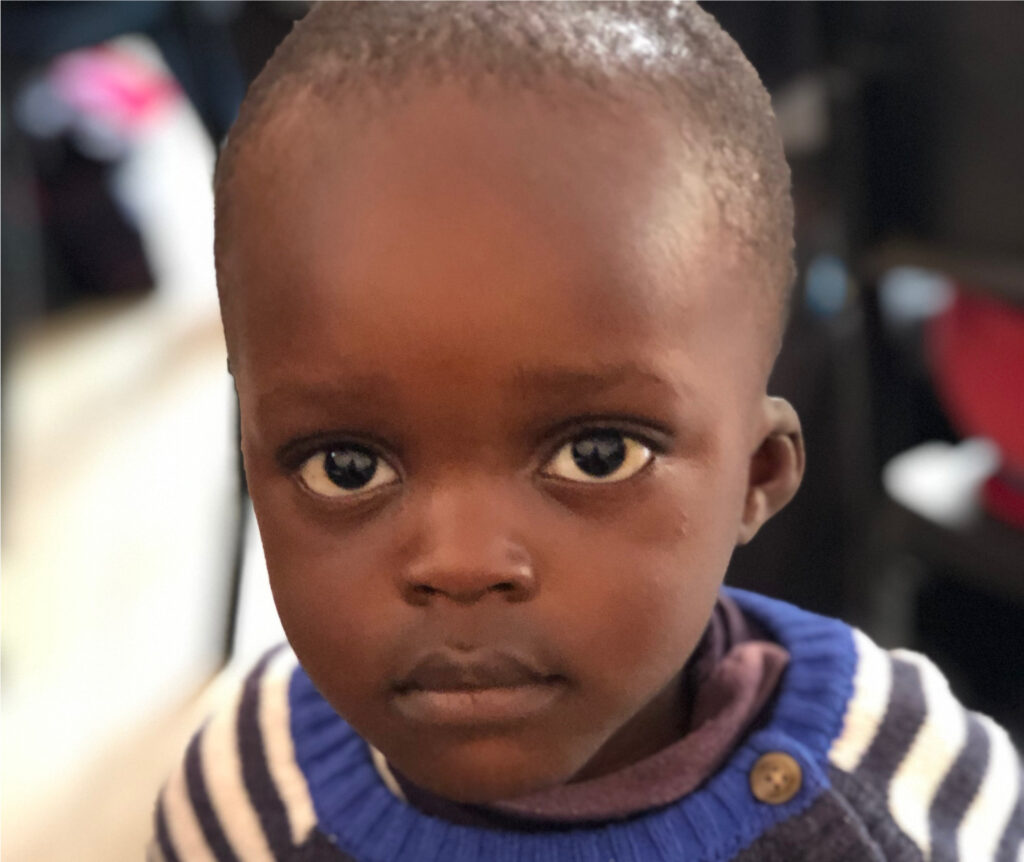
FOUNDING STORY
THE BIRTH OF SAVE ONE LIFE
Two meetings catalyzed Save One Life. In 1999, “hemo-mom,” Lisa O’Connner wrote a letter inquiring about sponsoring a child with hemophilia in another country.
Later that year, Laurie visited the two-bedroom home of an impoverished hemophiliac family in Karachi who only needed $20 to send their eldest child to school. Save One Life was started with the idea of connecting those who needed help to those who wanted to help. In 2000, Save One Life was incorporated as a nonprofit to continue championing the global bleeding disorder community.
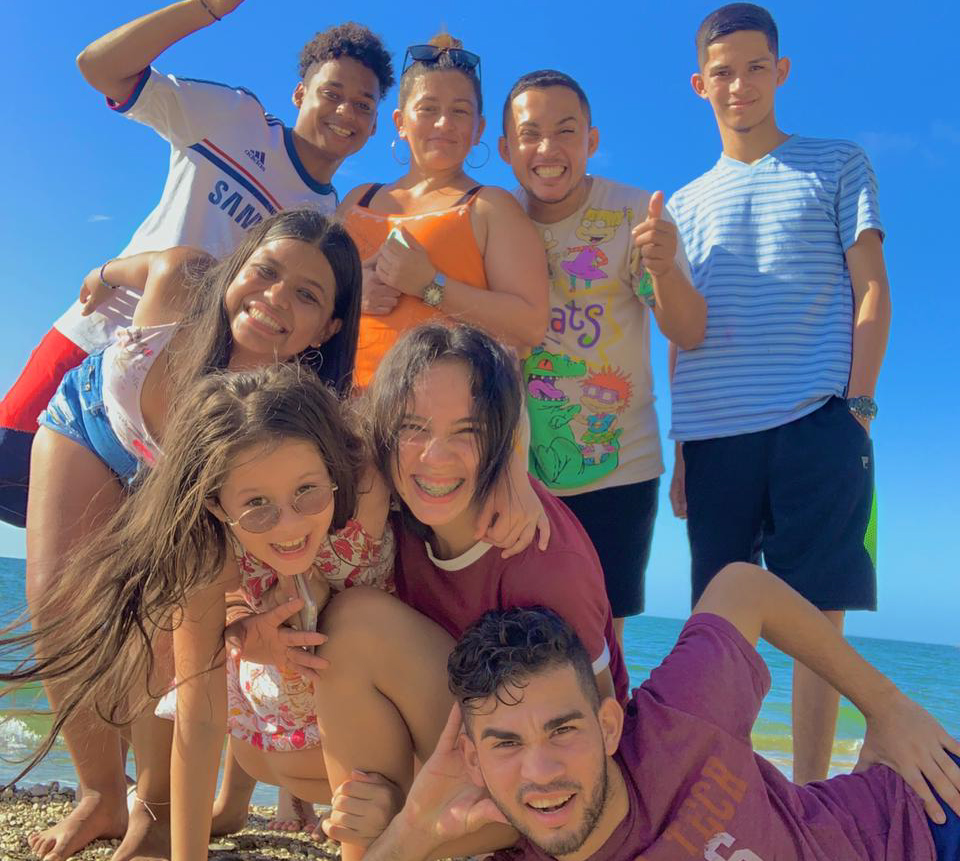
FOUNDING STORY
ONE LIFE AT A TIME
Often, those small acts of kindness lift us and empower us to do great things.
Helping a life can save a life.
Helping one person creates a butterfly effect beyond comprehension. Every action counts. We are relentless in our mission to save the world, one life at a time.
